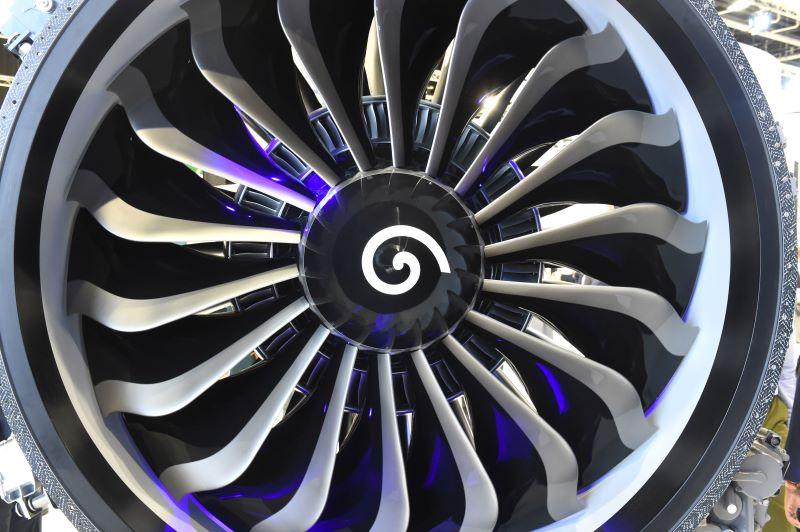
While Safran is planning a major boost in CFM International Leap engine output in 2023, CEO Olivier Andries does not expect supply chain issues to go away any time soon.
“We believe [the situation] will last until at least the end of 2023,” Andries said Feb. 17.
“Supply chain management is by far our No. 1 priority,” Andries told analysts and investors as the company released its 2022 results. “We are fighting every day to get components. The issues are [widespread] in the industry—propulsion, avionics, raw materials—it is everywhere.” In his observation, the situation “overall has not improved, a bit in propulsion, but not in the wider industry. [Engine manufacturers] are not pacing anymore.”
Andries has been a sharp critic of overly ambitious aircraft manufacturer growth plans, particularly Airbus’ target of 75 aircraft per month. The airframer has slowed down its growth plans, now planning to reach the output at some point in 2026 rather than 2025, and the Safran CEO has also changed his tone.
“We fully understand the ramp-up aspirations of the airframers,” Andries said. “Demand is clearly very high as demonstrated by the record order of Air India.” The airline committed to buying 470 aircraft from both Airbus and Boeing Feb. 14. “It does justify a ramp-up beyond levels planned before the crisis,” Andries said.
The strong recovery of air travel is also reflected in the number of CFM engine flight cycles. By the beginning of February, they have reached 97% of equivalent 2019 levels, illustrating how fast narrowbody operations have returned to normal. February 2019 was the last “normal” month, unaffected by either the subsequent global grounding of the Boeing 737 MAX fleet or later the coronavirus pandemic. With the recent decision of China to lift COVID-19 restrictions, Andries predicts a further acceleration.
As traffic picks up, even CFM-56-powered aircraft like the A320ceo and the 737NG are benefitting. Retirements remain low—114 aircraft in 2022 versus 84 in 2021—and the number of stored aircraft is declining. At the end of 2022, 11.6% of the CFM-56 fleet was stored, compared to 16% a year earlier.
Meanwhile, aftermarket demand continues to strengthen. Safran saw civil aftermarket revenue growth of 4.3% in the 2022 fourth quarter, but the full-year figure was 29.3%. The figures reflect strong spare parts pre-buying in the third quarter before traditional year-end price increases as well as more difficult year-over-year comparisons linked to the steady post-pandemic recovery.
“Growth is driven by spare part sales, notably on the CFM56,” Andreis said. “We’ve seen the volume of shop visits being up, but less induction than initially expected ... The good news came from the revenue per share visit which increased even more than we initially expected.”
While recent results and near-term forecasts are encouraging, aftermarket services are not avoiding supply-chain headwinds.
“We still have issues on equipment everywhere, especially in the U.S.,” Andreis said. “It’s also impacting some of our aftermarket activities. I can see that in, for example, in the landing gear maintenance and repair.”
Leap engine production is to be substantially higher this year—around 1,700 are to be delivered in 2023, up 50% over last year. Aftermarket revenues are to grow “in the low 20s” according to Andries. Safran expects to reach revenues of at least €23 billion ($24.6 billion)in 2023 and an adjusted operating profit of at least €3 billion.
In 2022, the company’s revenues totaled €19.5 billion, up 25%. Safran made a €2 billion operating profit, a 40% improvement.


